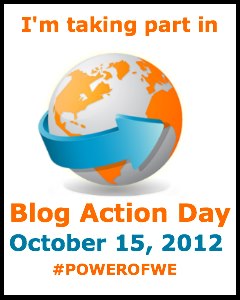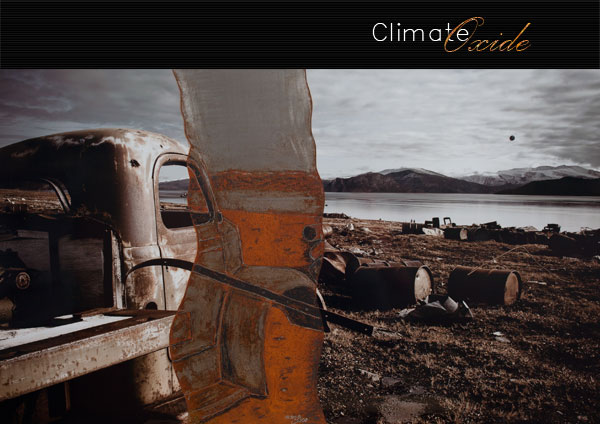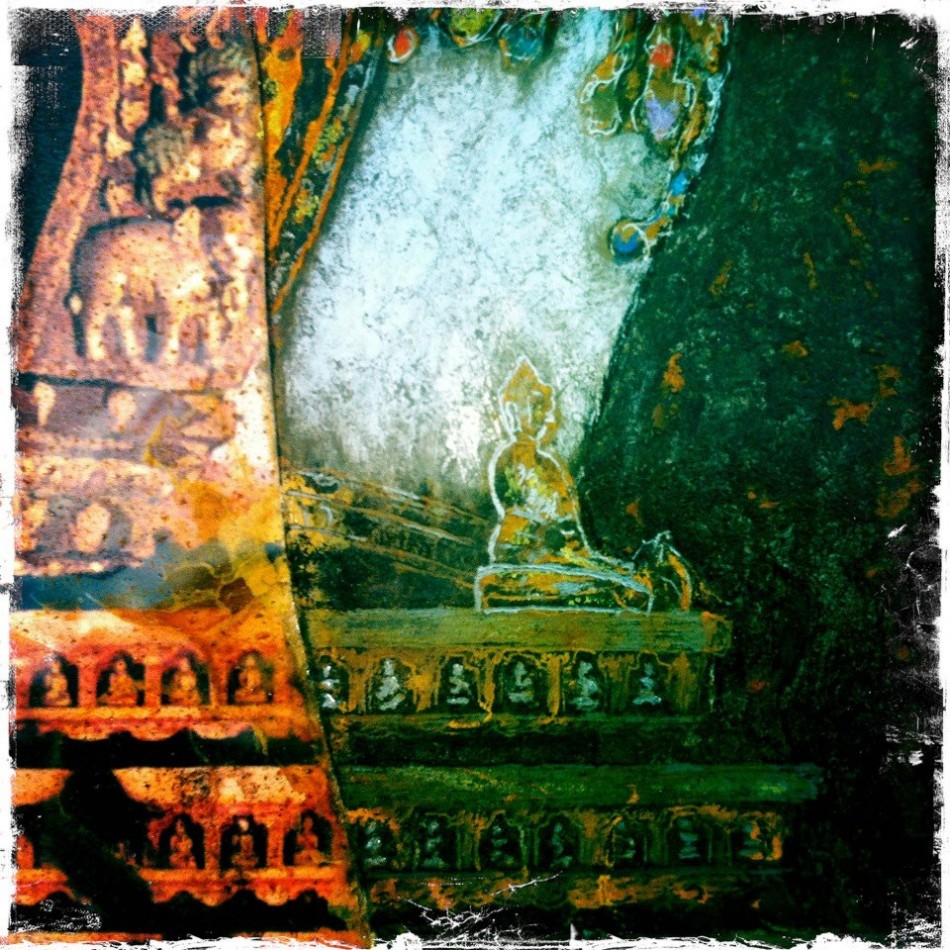This post is part of the International Blog Action Day. 
‘We’ isn’t all that common in the photography world. Creative professionals, our worth and ego thrives on the acknowledgement of ‘I’. Sure, photographers have always worked with partners; make-up, creative designers, set designers, stylists, account managers, etc. These partnerships are essential to business. But, if photographers are to remain relevant in this democratized world of photography we must look beyond service relationships and at how ‘We’ can help us grow.
Some great ideas are generated alone but it is through collaboration that the best ideas are perfected. ‘We’ means bouncing ideas back and forth, ‘We’ means more then one mind, and ‘We’ often just means more fun. This excites me. This world has many issues and if photographers want to inspire meaningful change, it is essential that ‘We’ is harnessed. Luckily, the same tools that led to the democratization of photography; internet, digital cameras, affordability, have also enabled connectivity and collaboration.
When we start to voice our dreams and our desire to collaborate, we discover that the sum is greater then the parts. Francis Hodgson, photography critic for the Financial Times, said at the recent Noorderlicht Masterclass, ‘If you don’t have anything to say, then shut up!’ The reality is that even if you have something to say, it is only with ‘We’ that you will make an impact.
I am lucky enough to be putting this into practice with Shiva Rimal. We have been collaborating on the Climate Oxide project for over a year. When I presented the idea to Shiva, I had no clue how far our collaboration would take it. This Friday we will open the doors on our exhibit in Amsterdam and proudly display how ‘We’ made our message stronger.
Photography is a very individual profession, hours disappear shooting on our own. Many of us, myself included, thrive on that freedom and loneliness. As much as these are important, the power of ‘We’ will start to play a bigger role in this photographer’s life.


















